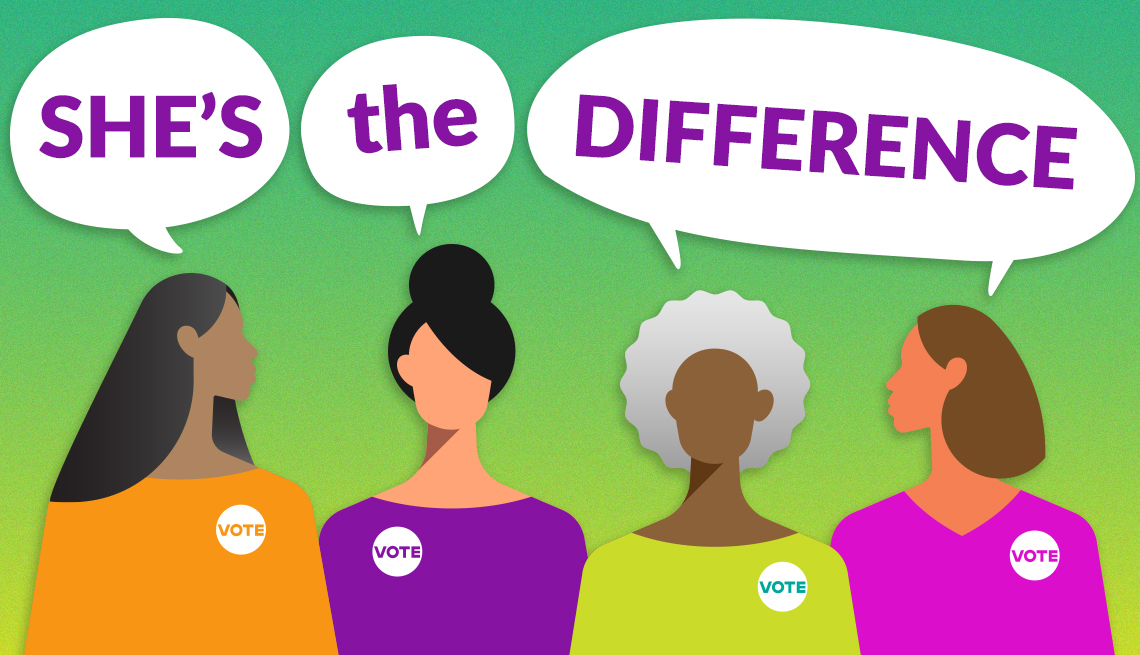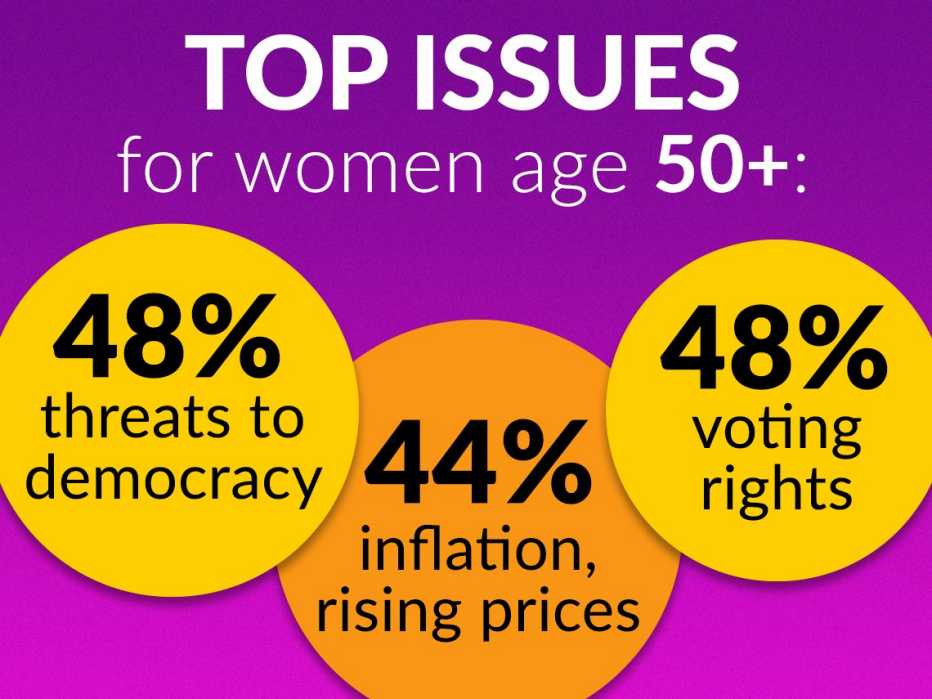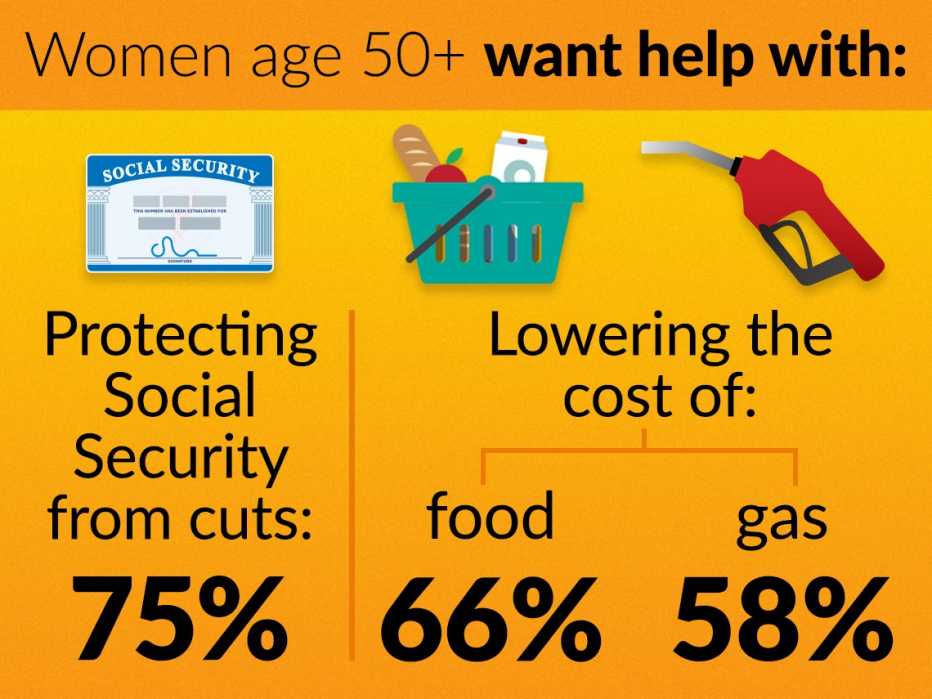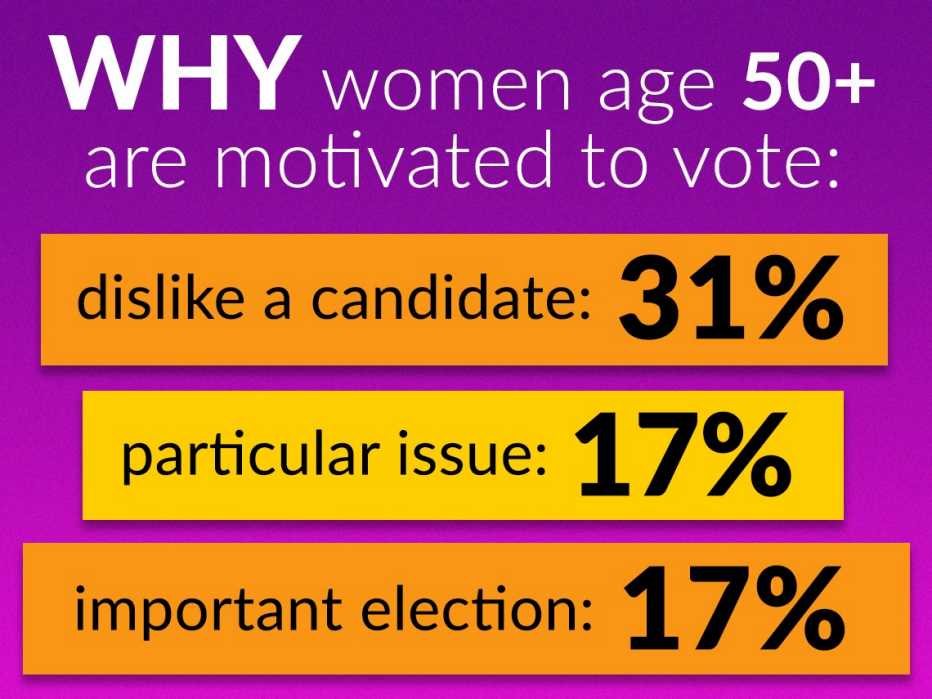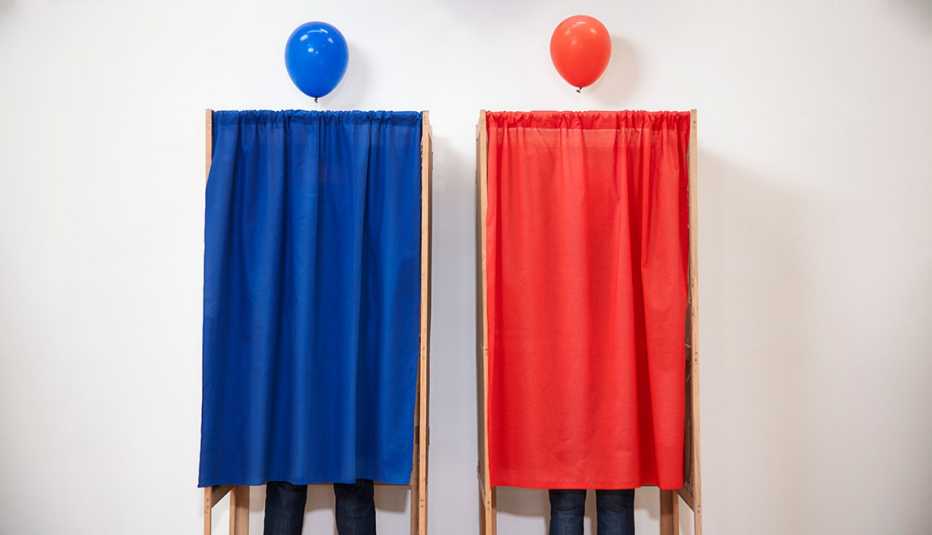Staying Fit
Candidates in November’s midterm elections still have time to persuade America’s 50-plus women to vote for them. A new AARP “She’s the Difference” poll finds that 51 percent of likely women voters age 50 and older have not made up their minds for whom they will cast their ballots in November.
Historically, older adults vote in greater numbers than any other age group. In the 2018 midterm elections, 56 percent of voters ages 45 to 59 and 66 percent of voters 60 and older cast ballots. That compares to a 33 percent turnout among those ages 18 to 29. Data from many states also shows that women are out-registering men for the 2022 midterms.


AARP Membership— $12 for your first year when you sign up for Automatic Renewal
Get instant access to members-only products and hundreds of discounts, a free second membership, and a subscription to AARP the Magazine.
The poll of likely voters also found that the three top concerns of this segment of the electorate are: voting rights (48 percent); threats to democracy (48 percent); and inflation and rising prices (44 percent). The survey also reveals that 66 percent of these respondents have had to cut back on nonessential purchases and 41 percent have also had to cut back on essentials because of the higher cost of living.
When it comes to what these women voters say would benefit them most, 75 percent say they are looking for protection from Social Security cuts, while 66 percent say lower food prices and 58 percent say lower gas prices would help them the most.
“Women age 50 and older represent 1 in 3 likely voters, and more than half say they haven’t made up their minds yet on how they will vote,” says Nancy LeaMond, AARP executive vice president and chief advocacy and engagement officer. “That gives candidates a big opportunity to listen to these important voters and address their concerns about a whole host of issues.”
The AARP-commissioned survey questioned 800 women and 400 men age 50 and older between Sept. 6 and 13 as part of its “She’s the Difference” project to explore the concerns and priorities of women 50-plus. The poll, conducted via phone calls and texting by a team of Republican and Democratic pollsters, has a margin of error of plus or minus 3.5 percent for the women voters.
According to the Center for American Women and Politics at Rutgers University, in recent years an estimated 10 million more women than men have been registered to vote. Turnout has been higher among women than men in every presidential election since 1960, the center also found.


The deciders are undecided
Experts on both sides of the aisle agree that the 2022 elections are likely to be more about partisanship than the issues. So the fact that 51 percent of women voters in the survey had not already made up their minds with just about two months to go before Election Day surprised the pollsters who conducted the “She’s the Difference” survey.



























































